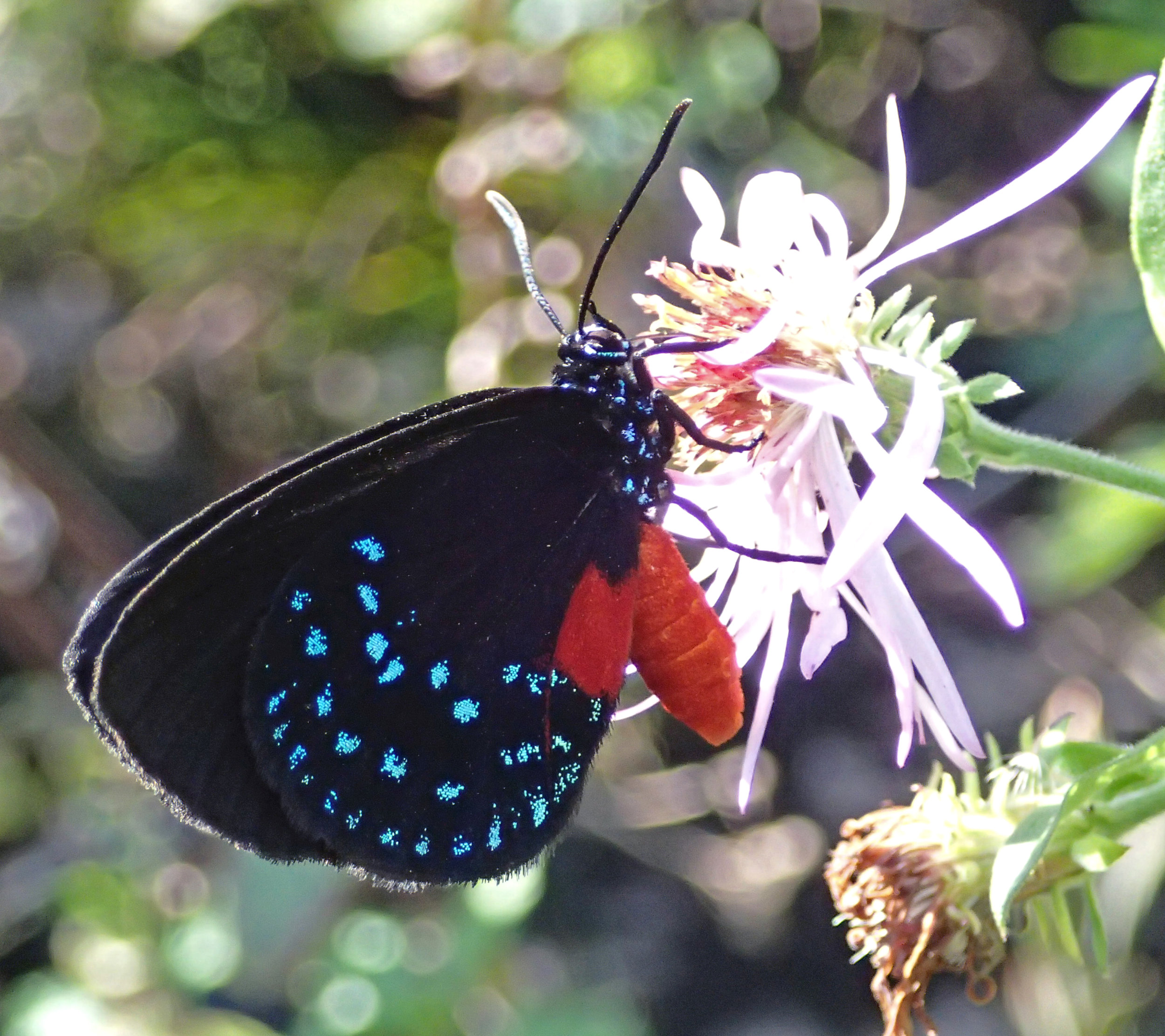Photo by Judy Gallagher licensed under CC BY 2.0
When it comes to caterpillars, plant diversity matters. By studying nearly 30,000 plant-caterpillar interactions across three continents (Asia, North America, and Europe), scientists have uncovered important insights into lepidopteran biodiversity in temperate broadleaf forests.
Plants and the caterpillars they host are engaged in an evolutionary arms race. As plants evolve different defenses, caterpillars evolve new ways overcoming them. As you can imagine, studying these intricate relationships can be as fascinating as it is challenging. One could easily spend a lifetime trying to understand the relationships among only a handful of species. However, by taking a step back and asking bigger questions related to evolution and herbivory, scientists have found some interesting patterns than help describe the diversity of plant-caterpillar relationships.
As one might expect, they found that as plant diversity increases, so too does the diversity of caterpillars an ecosystem can support. Many caterpillars specialize on one or only a few different host plants and these are often (though not always) within the same plant family. The reason for this has to do with plant defenses. The more closely related plants are, the more likely they are to share similar defense strategies. For instance, most milkweeds (Asclepias spp.) produce toxic compounds called cardiac glycosides and many different members of the nightshade family (Solanaceae) produce similar suites of toxic alkaloids. As a result, insects that munch on their tissues have similar hurdles to overcome in an evolutionary sense.
The more closely related plants there are in an environment, the more likely it is that the caterpillars they host can jump from one plant species to another. As a result, ecosystems that boast relatively few plant lineages support relatively few caterpillar species in part because the caterpillars they do host can more easily jump from plant species to another. The same logic applies in the opposite direction as well. Ecosystems comprised of a diversity of plant lineages limit the likelihood that any given species of caterpillar can find multiple different hosts. Because each clade of plants produces their own brand of herbivore defenses, the caterpillars hosted by each are also more likely to be different. Thus, as plant diversity goes up, so too do the numbers of caterpillar species an ecosystem can support.
Though not tested by this research, this also provides yet another example of why invasive plants harm biodiversity. Plants from other areas of the world are more likely to present novel defenses to native herbivores. If the caterpillars do not have what it takes to overcome these defenses or simply don’t recognize the plant as food, the fewer caterpillars that ecosystem can support.
Of course, none of this should come as a surprise to those interesting in native plants and gardening. The more indigenous plants you grow in and around your landscape, the more insects you can support. I also firmly believe that the results of this research are not limited to caterpillars. The same pattern likely applies to any number of plant eaters, from microbes to mammals, no matter where you look. What this research gives us are some answers to questions like “why does biodiversity matter?”
Photo Credit: [1]
Further Reading: [1]



